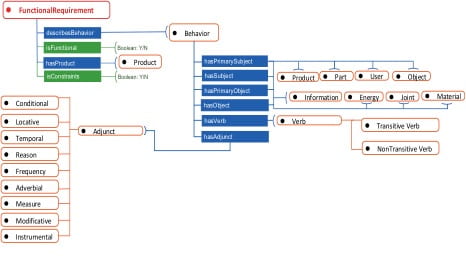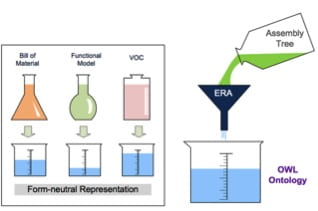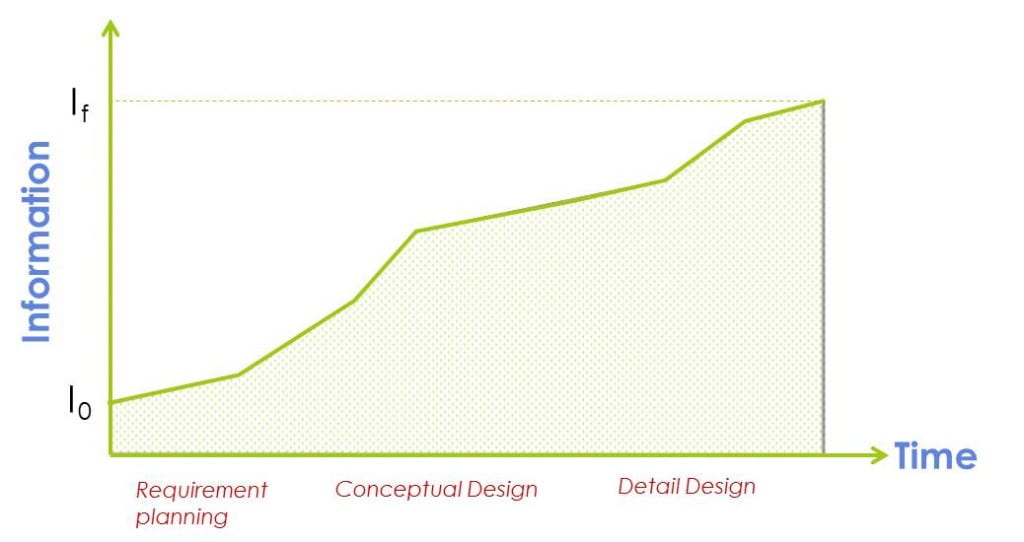Collaborative Research: Measuring Information Content of the Artifacts of Early Design
This research is supported by two collaborative NSF grants: CMMI-1333930 (FIT, PI: Sen) and CMMI-1334259 (Texas State U., PI: Ameri). Schedule: 9/1/2013 – 8/31/2016. This research is unique in promoting the idea that information is a form neutral quantity, i.e., the same assertion, whether stated in, say, text or as a picture, has the same information content and this content could be measured in a form-neutral manner. This research will produce journal papers, theses, and dissertations. It will be disseminated through conference presentations and by integrating the findings in engineering informatics courses.
This research will produce a variety of methods in which information used and produced in engineering design can be quantified. Information of various types are used in design, such as requirements, concepts, and function models. Each type can be expressed in various forms, such as text, sketch, or graphs. To measure information of such variety on the same basis, a common and neutral representation has been developed that can express information of any of these forms. A protocol to translate text-based information to this neutral form has been demonstrated and a variety of information metrics applicable to that form have been developed. Methods to translate the other forms to this neutral form are now being developed.
Information is an abstract concept; there is more than one way of measuring it. The most common metric that uses the bit and byte units is good only for measuring information for the purpose of storing and processing on the computer, and for transmitting over the network. But the true value of information is not in just storing or transmitting it, but in using it to do something, such as making a decision. In this research, information is measured in terms of decisions it supports. This is a fundamentally new approach that will have broad impacts. It could be used in separating useful information from noise, in big-data analytics of complex problems, or to manage design projects in terms of decisions made, rather than money spent.
ReqOn (Requirement Ontology):
ReqOn is an OWL ontology for formal representation of engineering requirements. The objective is to create a formal representation amenable to automated information content measurement. With this objective in mind, ReqOn is designed such that it can break a requirement statement into its elemental concepts with measurable information content. For the ease of validation, scope of ReqOn is currently limited to consumer products with medium complexity. However, ReqOn can be evolved into a comprehensive design requirements ontology in the future that could be used for communicating design requirements among product stakeholders. An evolutionary approach was adopted for developing ReqOn starting with a flat ontology and then categorizing the instances into appropriate groups and eventually forming class-subclass relationships to increase the taxonomical depth of the ontology.

Publications:
- Chiradeep Sen, Alolika Mukhopadhyay, John Fields, Farhad Ameri *, A methodology for measuring the information content of design requirements based on their form-neutral representation, ASME IDETC 2014-34438, August 2014, Buffalo, NY.
- MS Thesis: An ontological approach to requirements representation and analysis, Texas State University, August 2015
- Working Manuscript: Alolika Mukhopadhyay,Farhad Ameri, An ontological approach to requirement representation and analysis, AIEDAM; Special Issue in Design informatics, Vol. 30, No.4, Summer 2016


